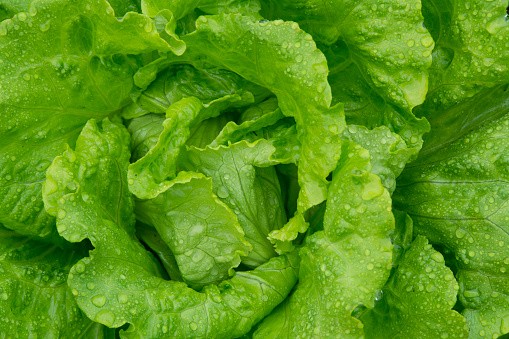On the 24th day of his space mission aboard the Tiangong-2 and for the seventh entry to his space journal, taikonaut Jing Haipeng shared something about some lettuce gardening that he and his partner Chen Dong have been doing.
In a Xinhua correspondence, Jing said that they are like farmers in space, but they are using a specialized mineral material as the substrate instead of the typical soil used on Earth.
They started gardening on their second day, assembling first the parts of the cultivation device. This culture unit was a solid material and had to be watered first so that it becomes a soft base where the seeds could already be planted. Then they covered the device with a film for propagation and prevention of water loss.
Jing further shared that the lettuce seeds are so small, even smaller than sesame seeds, and that they had to be processed on Earth prior to their mission. The lettuce seeds were covered with a special coating, turning them into balls the size of a mung bean.
This coating came off the seed upon contact with water, and Jing noted that they have found out that the coating had a slight influence on the sprouting of the seeds.
It was on their fifth day that the sprouts developed. They took off the film and exposed the growing lettuce to red, blue and green lights.
They also have to do thinning out, leaving two sprouts in each unit cell and using tweezers, pulling out sprouts that looked weak. Three days after this, a second round of thinning out was done, leaving only one sprout per cell.
With regard to watering, they use syringes and direct it to the roots. And this, they do not do every day. Agricultural experts said that they need to water the lettuce only five times.
They have been monitoring the moisture of the plants and the nutrient content of the substrate. But this Tuesday will be the last day of tending the plants. They will already conduct sampling from leaf cuttings and root sections, and store these on a low-temperature device.
These samples will be soon brought to Earth for further analysis. They are for research purposes only and not for human consumption. Its edibility is still a question, but Jing said that he hopes someday astronauts can feed on what they plant on space.
But going to the appearance of these space-grown lettuce, the duo taikonauts thought that they look fresh and greener and taller than those on Earth.
And in case some are wondering of what direction did the plant sprout, Jing said that just like on Earth, the lettuce in space grew upward.



























